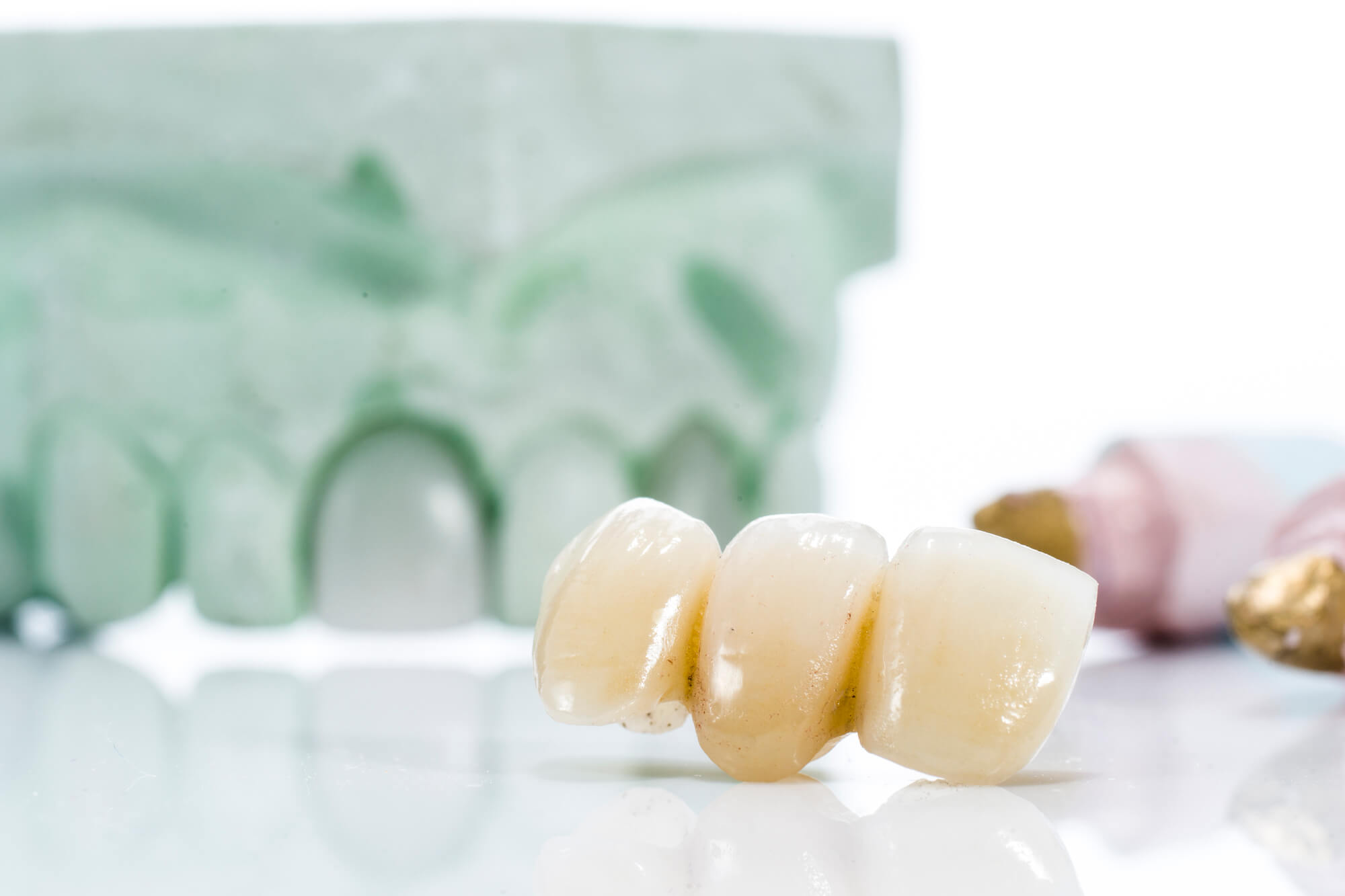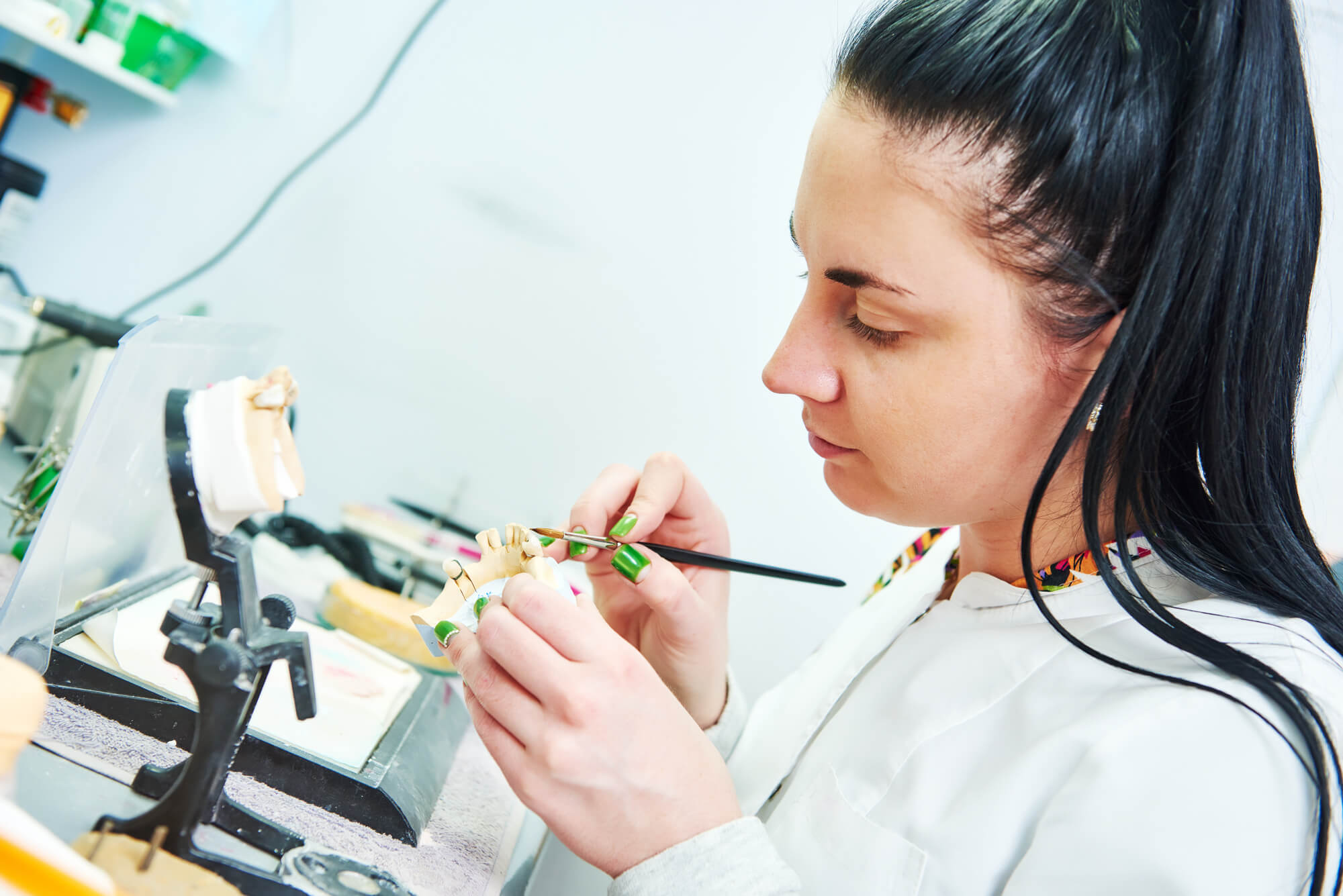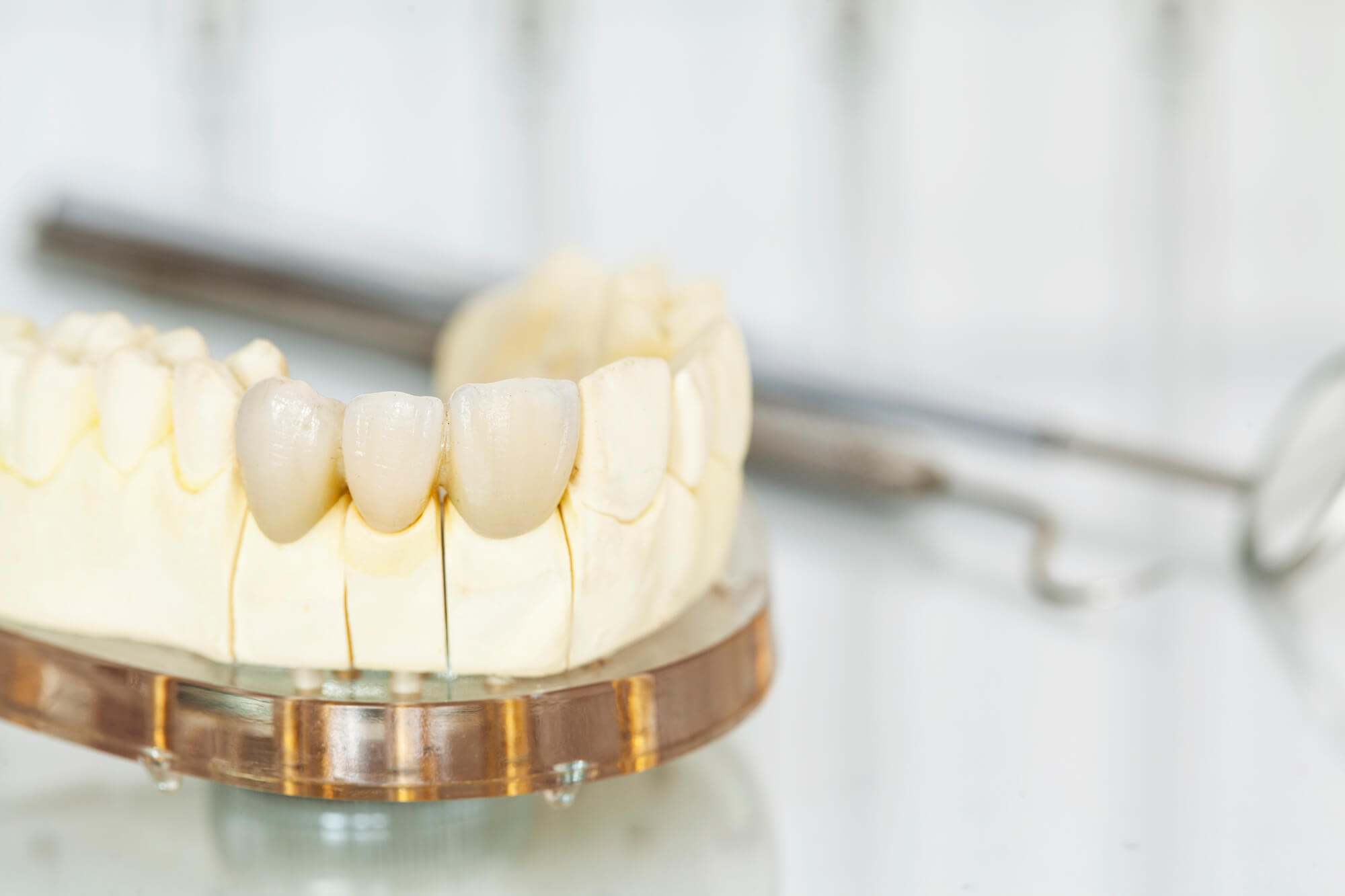One of the long and trusted devices used in restoring missing and severely damaged teeth is an implant bridge in Vero Beach. Dentists can close any gaps in your smile by cementing one or more artificial teeth to nearby crowns on healthy teeth. In other words, it involves replacing both the teeth where the implants are placed and all the teeth in between.
When employing implant bridges, dentists place one implant on either side of the free space in your bite at each end of the restoration. Typically, implant bridges replace three to four consecutive teeth to help support the teeth. Here’s a simple guide to implant-supported bridges to help you learn more about this device.

Guide to Implant-Supported Bridges
Why Choose Implant-Supported Bridges?
An implant-supported bridge works similarly to a traditional bridge, except that implants anchor it in place rather than crown abutments fixed to sound teeth. An implant-supported bridge can be the best option for four main reasons:
- Multiple teeth are missing from the patient, or the neighboring teeth aren’t strong enough to support a bridge.
- The oral surgeon or dentist worries that placing individual crowns on distinct implants may put too much pressure on them and perhaps cause failure.
- Spreading the pressure across many posts with a bridge significantly reduces the likelihood that screws will come free in patients with less-than-ideal jawbone strength.
- The location where the lost tooth is located in the upper arch is too close to a sinus cavity or a nerve for an implant to be placed there.
What Are the Components of an Implant-Supported Bridge?
The three components of an implant-supported bridge are as follows:
- Implant
To integrate with the bone, titanium rods are surgically implanted in the jaw. These act as bridge pillars by acting as anchoring.
- Abutment
Titanium cylinders called the abutment secure the implant.
- Restoration
The abutment substructure is fused and joined to a series of porcelain crowns.
How Long Is the Procedure?
The total duration of the procedure will change depending on the patient’s condition. Only your oral surgeon can reliably forecast the whole timescale given specific conditions, including the jawbone’s health, the position in the mouth, the number of implants, and other considerations.
A preoperative consultation, two procedures, and subsequent fittings and inspections are typically needed for the surgery. The oral surgeon will place titanium implants during the initial procedure and cover them with gum tissue until full fusion. A minor gum tissue incision is made during the second procedure to expose the implants, allowing for later installation of the bridge’s abutments.
The following are general time guidelines:
- For the lower jaw implants to fuse in 3–4 months and the upper jaw implants in 3-6 months.
- Before planning the second surgery, an X-ray may be conducted to determine whether the fusion was effective.
- Depending on the degree of atrophy, patients who need bone grafting may need to delay their initial operation by an additional 4-6 months.
- A healing cap will be added to the implants during the second procedure to allow the gums to recover correctly for 3–4 weeks.
- Patients should come back for a checkup in six months.
After Care for an Implant-Supported Bridge
When finished, a bridge supported by implants will have the same appearance and functionality as your natural teeth. Pontics are brushed the same way as your other teeth, except for cleaning between the bridge and gums, which may require special floss or a brush. Patients should continue their dental hygiene routine and regular checkups with their dentist.

Are You Interested in Getting Implant Bridges in Vero Beach?
At Vero Dental Spa, our dentist can provide you with implant-supported bridges that can help restore your oral health. Contact our team to schedule a consultation and start your treatment process.
